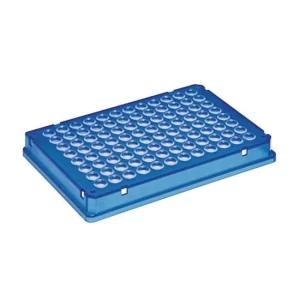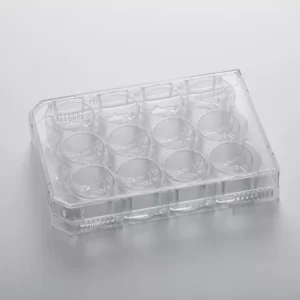- One-piece design: combining a polycarbonate frame and polypropylene wells for optimum performance.
- Extremely thin-walled polypropylene wells guarantee optimum heat transfer to the sample
- Exceptionally solid and torque-resistant polycarbonate frame
- Autoclavable (121 ℃,20 min)
- Certified free of any detectable human DNA, DNase, Rnase and PCR inhibitors
- Skirted, semi-skirted, unskirted, divisible, LoBind versions
FAQ
Soak your PCR plate in a beaker of warm 1M HCl and leave the PCR plate to soak late. The HCl should hydrolyze all DNA. Later taking your plate and wash it out with sterilized Mili Q water. Then dry in a 50C incubator.
Eppendorf PCR plate cleanup is that you frequently want to eliminate unincorporated primers, left-over dNTPs, salts, and other stuff from amplicons before you do different things with them. Kits are a helpful solution to the cleanup problem because they’re fast, very comfortable, and largely idiot-proof.
Real-time PCR is the method of collecting data during the PCR plates process as it happens, thus linking amplification and detection into a single step. In a method to robustly detect and quantify gene expression from small numbers of RNA, amplification of the gene transcript is essential. This analysis is made after each amplification cycle, and this is the cause why this process is called real-time PCR.














